All About The Net
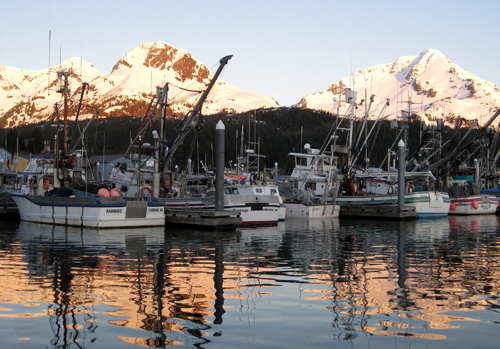
The flight out of Anchorage was spectacular as we flew over Prince William Sound and made the approach over the Copper River Flats and into Cordova. Once again Nancy was treated to beautiful weather as she flew up the coast from Seattle.
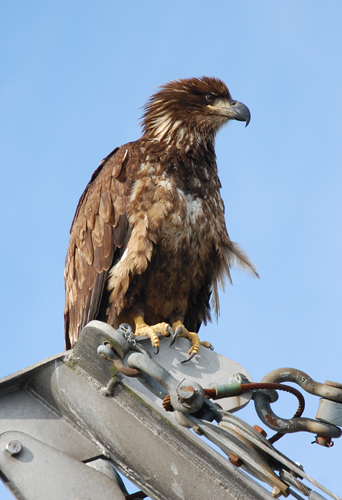
The Copper River delta, known locally as the Flats, is the largest contiguous wetland in western North America. Through it’s delta, the Copper River debauches more sediment into the ocean that any other river in the world except the Amazon. Although not of great length, its frigid waters descend from the high mountains of its headlands with tremendous velocity. As a consequence, the several native species of salmon, in particular the Red or Sockeye, that spawn in the Copper are endowed with greater musculature and a higher oil content than any other in the world, making Copper River salmon firmer, and richer than all the rest. They are widely considered the finest salmon to be had.
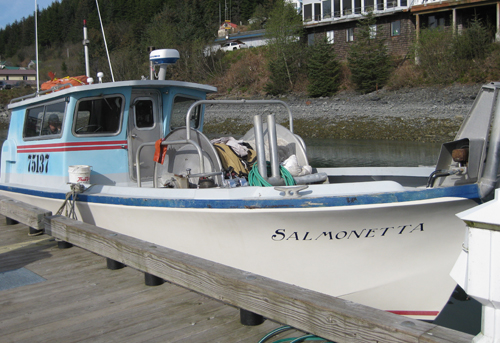
The town of Cordova was bustling as the gillnet fleet was preparing for it’s first opening of the season on the Copper River Flats. For the uninitiated, a gillnet boat in this fishery averages 30 feet and is usually manned by 1 or 2 persons. There is a small wheelhouse and cabin on the stern, a net reel on the fore deck and fish holds each lined with special bags and capable of holding approximately 1500 pounds of iced salmon. The net is 150 fathoms (900 feet) long and the mesh size and depth varies depending on the species fished and the location of the fishery. It’s not unusual for a boat to have at least 6 nets to accommodate the different fisheries, and bags of nets are seen stored all around town, waiting for their turn aboard the boat.
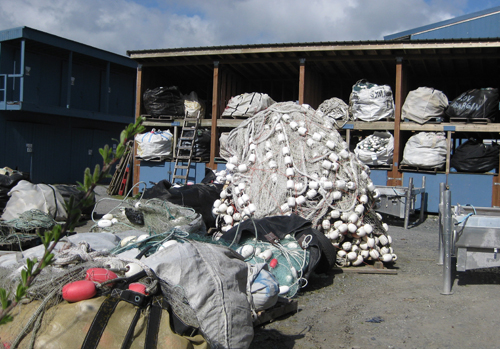
Sitting on the stern of a friend’s boat enjoying barbecued moose and halibut, the conversation turned to nets. “So dude, did you try putting that lighter color panel of web in your net for Ester? I‘m telling you, I always nail them with that net.”
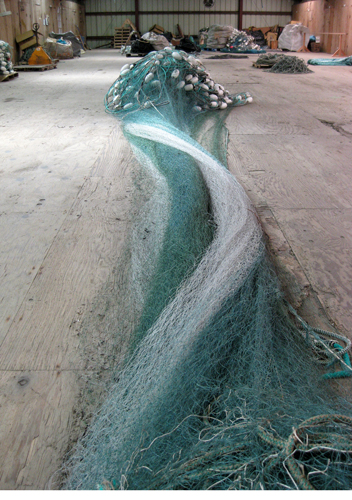
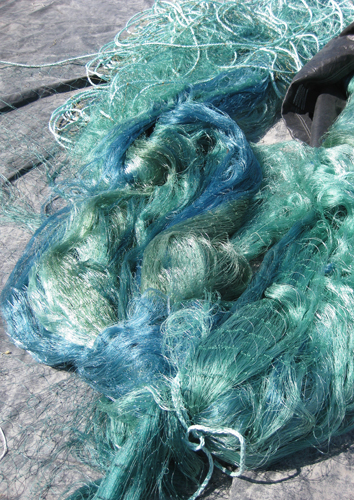
Alternating panels of different colors of web can increase the efficiency of the net. As the fish approaches the net it might note the obstruction, turn and swim along the net until it sees a change of color, and assume that the color change indicates the end of the obstruction. As the fish turns at the end of the perceived color panel, it turns directly into the next panel and is caught.
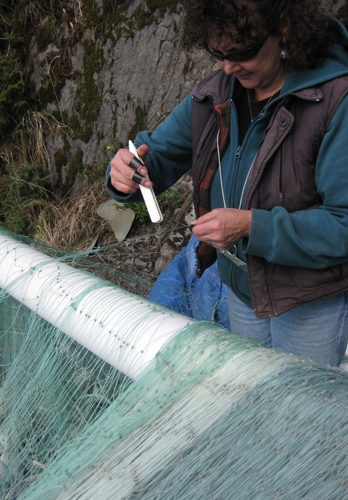
At an average cost of thousands of dollars, buying a new net is something one does when the old one can no longer be mended, or it is so worn as to no longer be “fishy”. And during the fishing season, nets must constantly be mended. A good net mender can earn very good money, though may have to work outdoors in the rain and cold for long hours in order to ready the net for the next fishing opening.
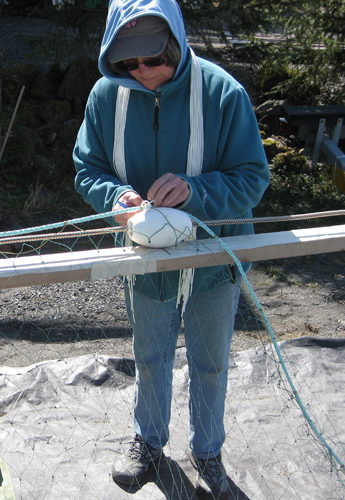
The web is hung on what is known as a weed line and the weed line is hung from the cork line. This leaves a space at the top of the net that permits floating weed, kelp and other nuisance junk to float over the web and not become snagged and need tedious clearing. The bottom of the net is weighted by a lead cored rope known as a ’lead line”. You can see Pat McGuire attaching the weed line to the cork line in the photo above. It helps to have nice weather, though there are indoor net lofts available to the fisherman.
As the season progresses, one net comes off and another goes on to suit the fishery.
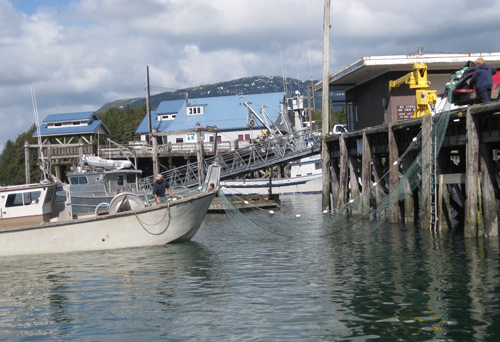
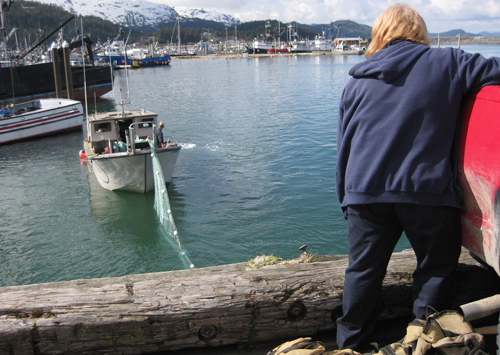
Later in the season the focus changes to the very high volume but lower unit value pink salmon in Prince William Sound. Most of this high volume fishery is conducted by larger, much more efficient boats known as seiners. Crewed by four or five, these boats employ much more sophisticated equipment designed to handle a more elaborate net intended to encircle large schools of fish. Derived from a net designed centuries ago for use in the river of the same name in France, a seine is a very expensive net handled by a sophisticated and expensive boat that pairs up with a powerful skiff or “jitney” that deploys one end of the net. A few such boats are already being prepared, and loading the seine aboard.
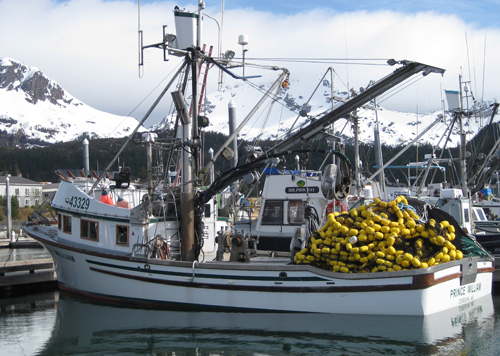
TAMARA is now re-supplied, fueled, cleaned and ready for departure. Our plan is to head for the Bering Sea and possibly get as far north as Bering Straits. We had shipped a new anchor and considerable supplies on a large fishing boat that was in Port Townsend last winter for repairs, and is home ported here in Cordova. Unfortunately, it’s arrival has been delayed by an engine failure, hence delaying our departure. ETD should be in the next couple of days.
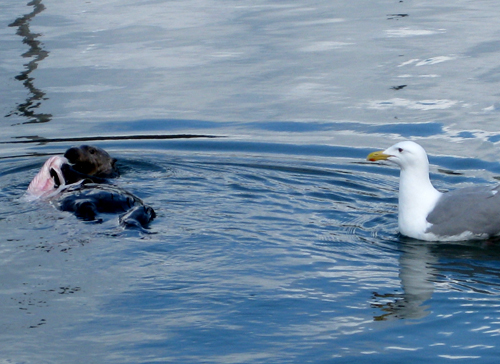
In the meantime we'll enjoy the sites of Cordova, like the seagull eyeballing the fish in the paws of the seaotter in the above photo.
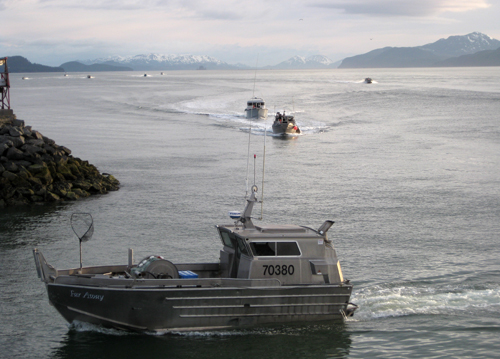
Gillnet boats returning from first "Opener".



2 Comments:
Thanks for the fishing lesson. Although I know quite a bit about commercial fishing, I learned a lot from your blog about nets. Sounds like you are right into the local scene. Maybe Mark will get the urge to fish again while you wait for your gear. Barbara
fresh sockeye! I'm missin' Alaska, but will get there soon...
Post a Comment
<< Home